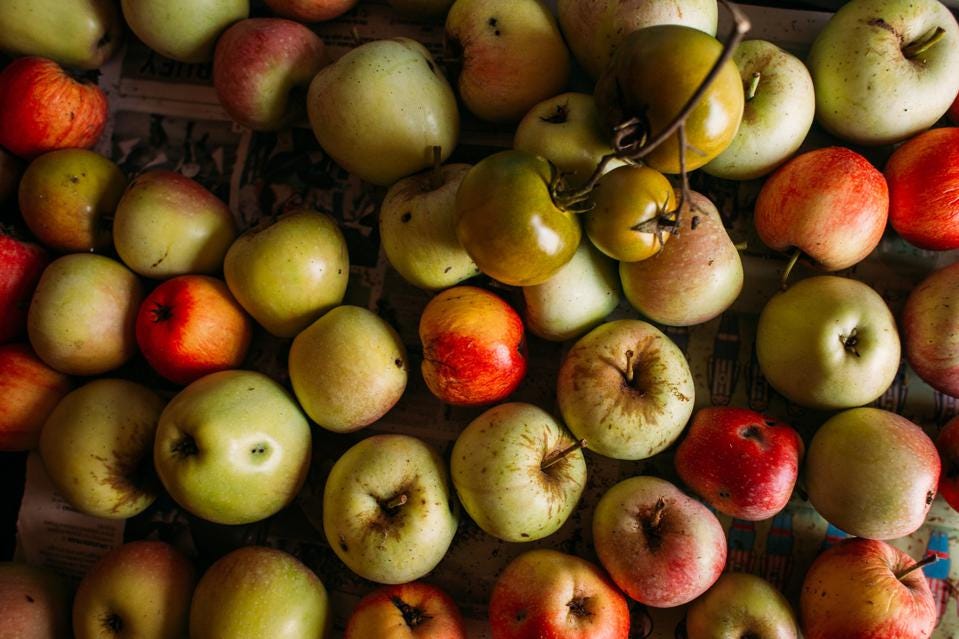Why The Phrase Food Waste Is Hindering The Fight To Prevent It

🥦🍏 Food waste is a significant problem in the United States, with 40% of food being thrown away each year. This results in wasted food, which is predominantly sent to landfills, producing toxic landfill leachate and releasing harmful methane gases. However, referring to it as "food waste" may be perpetuating the perception that unsold or inedible food is worthless. If no more food was wasted, there would be enough to feed 2 billion people. Food-insecure communities could benefit from the unsold, still-edible food that leaves stores daily.
🍅🫑 The Environmental Protection Agency is laying the groundwork for change by using the term "wasted food" instead of "food waste." This distinction is important because it conveys that a valuable resource is being wasted. However, to have a transformative impact, we must collectively learn to value food at all points of its life cycle and change our understanding of how food should look and where it comes from to keep food longer and cut down on what goes to landfills.
🥬 One of the factors fueling our misperception of wasted food is labeling systems like expiration dates, as 84% of Americans throw out food near its expiration date. However, those dates are not the best indicators of food safety and quality. These dates are inconsistent across the industry, yet they are driving behavior and contributing to the crisis. We need appropriate training led by data-driven insights to fight wasted food. We must become accustomed to selecting produce that may not look perfect and recognize that appearance does not always correlate to nutrition, quality, and taste.
By Ryan Begin
#food #meat #plantbased #lessandbettermeat #climatechange #climatecrisis #biglivestock #defundbiglivestock
